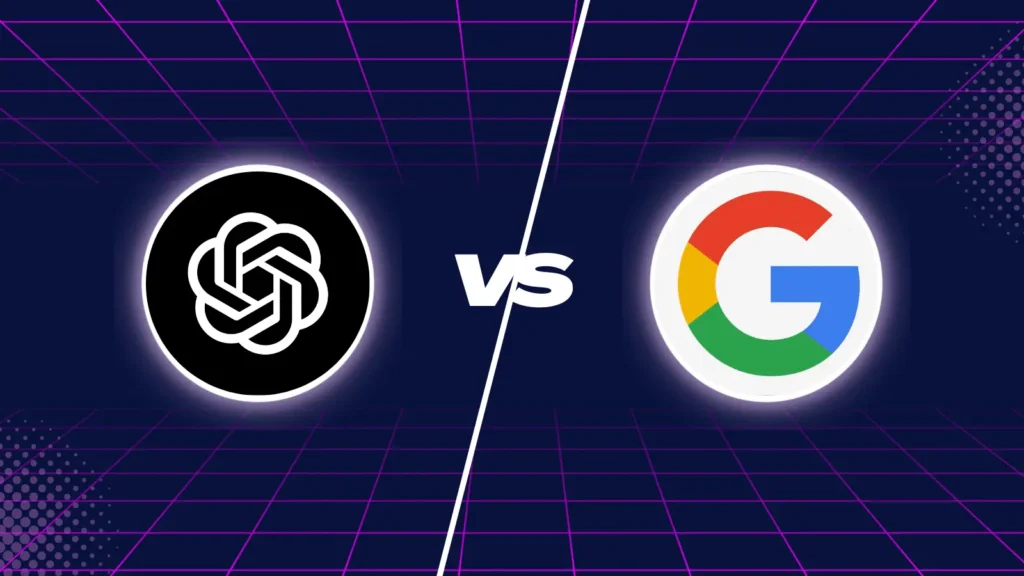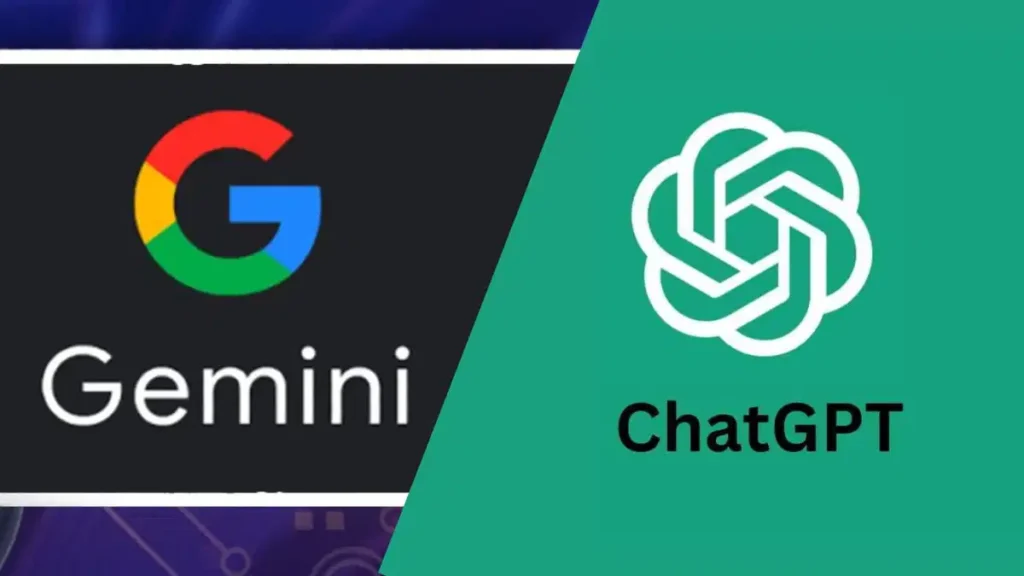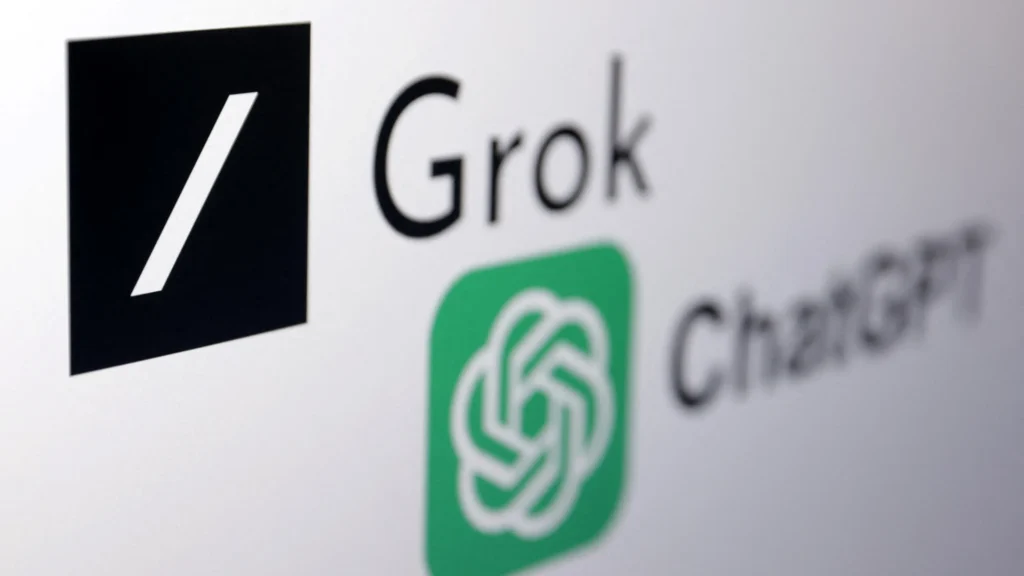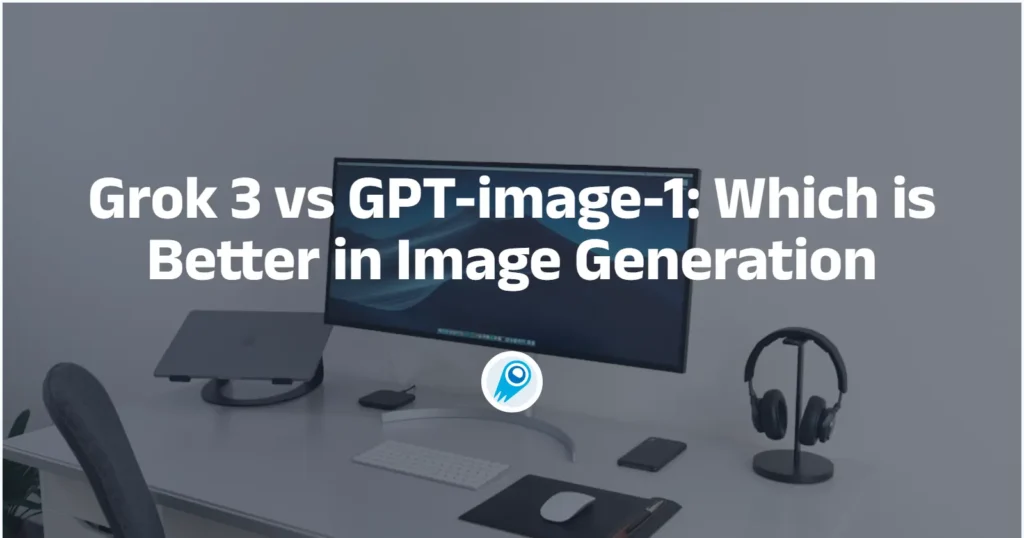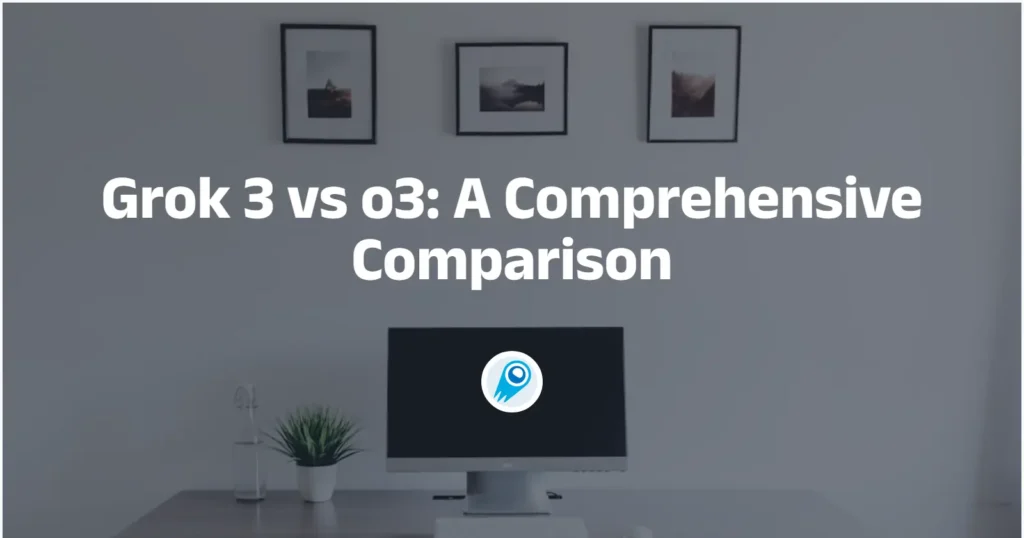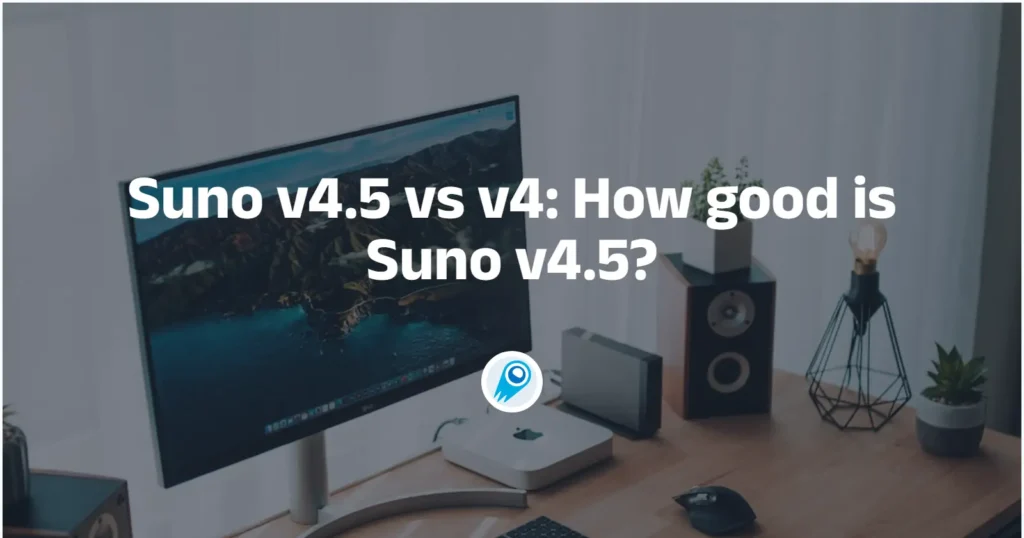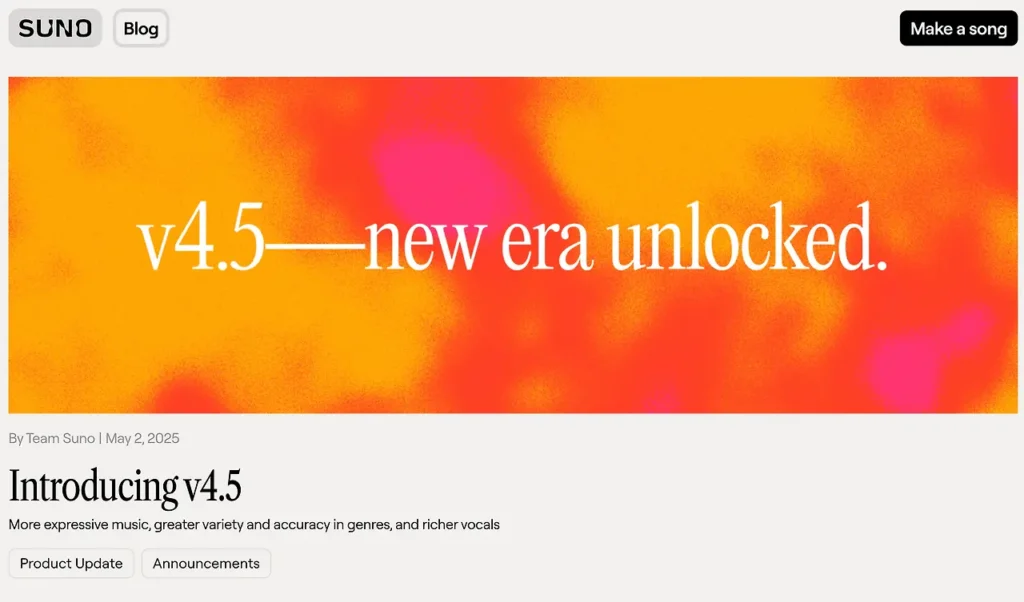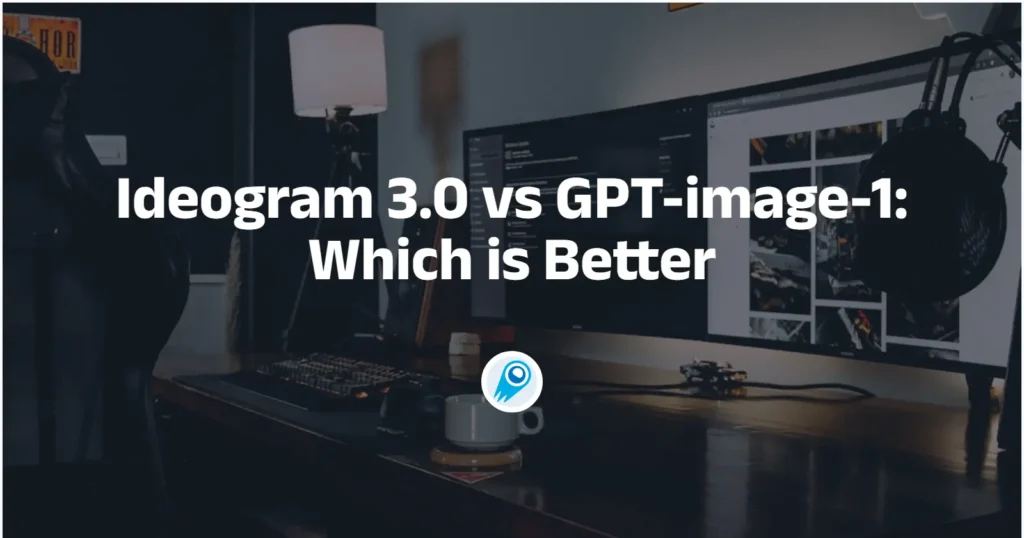Here is a concise overview of what follows: Anthropic currently offers two paid subscription plans for its Claude AI assistant—Claude Pro and Claude Max. Claude Pro provides enhanced access to Claude’s capabilities for $20 per month (or $17 per month when billed annually), delivering approximately five times the usage of the free tier. Claude Max comprises two tiers—Expanded Usage at $100 per […]
Imagen 3 vs GPT‑Image‑1: What are the differences?
In recent months, Google and OpenAI have each launched cutting‑edge text‑to‑image generation systems—Imagen 3 and GPT‑Image‑1 respectively—ushering in a new era of photorealistic and highly controllable AI art. Imagen 3 emphasizes ultra‑high fidelity, nuanced lighting control, and integration into Google’s Gemini and Vertex platforms, while GPT‑Image‑1 leverages an autoregressive, multimodal foundation tied to GPT‑4o, offering both image […]
Gemini 2.5 vs OpenAI o3: Which is Better
Google’s Gemini 2.5 and OpenAI’s o3 represent the cutting edge of generative AI, each pushing the boundaries of reasoning, multimodal understanding, and developer tooling. Gemini 2.5, introduced in early May 2025, debuts state‑of‑the‑art reasoning, an expanded context window of up to 1 million tokens, and native support for text, images, audio, video, and code — all wrapped […]
Grok 3 DeepSearch vs ChatGPT DeepResearch: A Comparative Analysis
Two offerings stand out for their ambition to streamline complex information gathering and analysis: xAI’s Grok 3 DeepSearch and OpenAI’s ChatGPT DeepResearch in the rapidly evolving landscape of AI-driven research tools. Both platforms aim to automate time-consuming research tasks, yet they diverge in architecture, capabilities, accessibility, and pricing. This in‑depth comparison combines the most recent […]
Grok 3 vs GPT-image-1: Which is Better in Image Generation
Two of the most talked-about entrants are Grok 3, the latest iteration of xAI’s flagship model augmented by its “Aurora” image generator, and GPT-image-1, OpenAI’s first standalone image generation model integrated into its Images API. As of May 2025, both models offer compelling capabilities, yet they diverge significantly in architecture, performance, and application scenarios. This […]
Grok 3 vs o3: A Comprehensive Comparison
Grok 3 and o3 represent the latest frontier in large-language modeling from two of the most closely watched AI labs today. As xAI and OpenAI vie for dominance in reasoning, multimodality, and real-world impact, understanding the distinctions between Grok 3 and o3 is crucial for developers, researchers, and enterprises considering adoption. This in-depth comparison explores […]
Suno v4.5 vs v4: How good is v4.5?
In the rapidly evolving landscape of AI-driven music creation, Suno v4.5 represents a significant incremental leap over its predecessor, v4, by enhancing expressivity, genre flexibility, and vocal realism. Drawing on insights from official announcements and independent analyses, this article explores the contexts, core features, technical advances, user experiences, expert reviews, controversies, and future outlooks for […]
Discover the Best: Suno v4.5 vs Other AI Music Tools
Suno v4.5 has rapidly garnered attention in the AI music generation space for its advanced expressivity and vocal synthesis capabilities. As AI-driven music creation tools proliferate, understanding the unique strengths and limitations of each platform becomes crucial for creators, producers, and enthusiasts. This article examines how Suno v4.5 compares to leading alternatives, across core dimensions […]
Ideogram 3.0 vs GPT-image-1: Which is Better
Both Ideogram 3.0 and GPT-Image-1 represent cutting-edge image generation models, released in March and April 2025 respectively, each pushing the boundaries of AI-driven visual content creation. Ideogram 3.0 emphasizes photorealism, advanced text rendering, and prompt alignment, while GPT-Image-1 focuses on versatile image generation and editing within major design platforms like CometAPI , Figma, and Adobe’s […]
Midjourney 7 vs GPT‑Image‑1: What’s the Difference?
Midjourney version 7 and GPT‑Image‑1 represent two of the most advanced approaches to AI-driven image generation today. Each brings its own strengths and design philosophies to bear on the challenge of converting text (and, in GPT‑Image‑1’s case, images) into high‑quality visual outputs. In this in‑depth comparison, we explore their origins, architectures, performance characteristics, workflows, pricing models, […]


